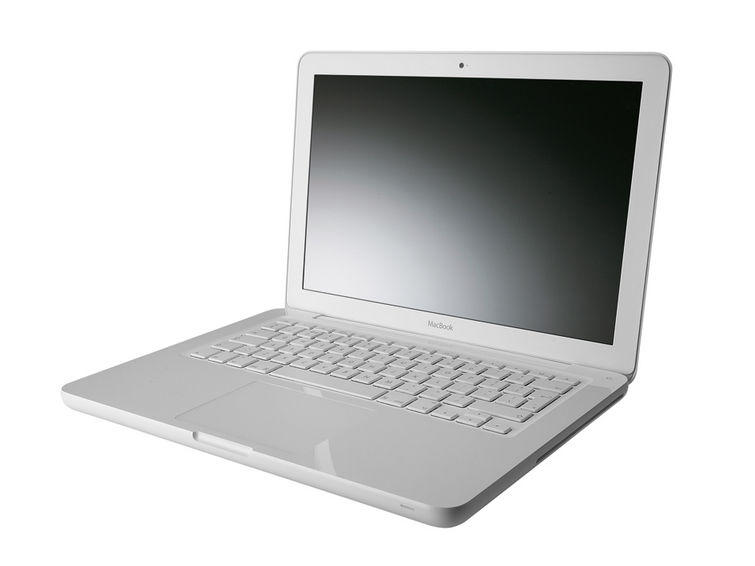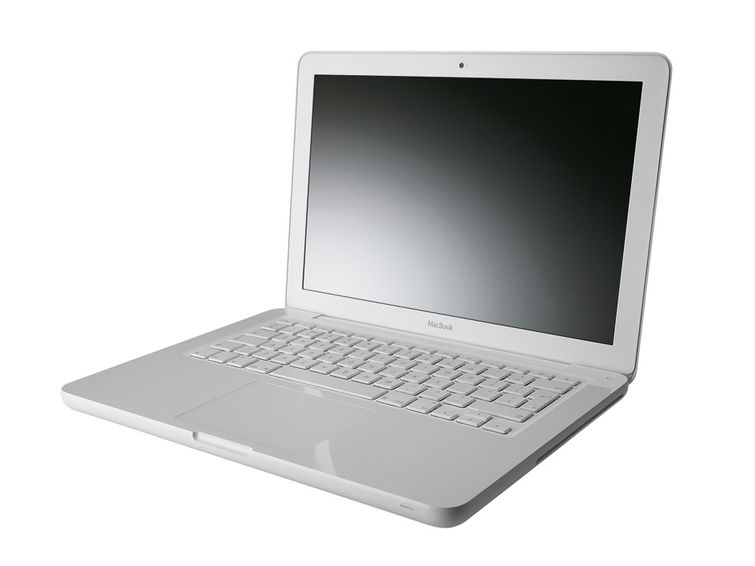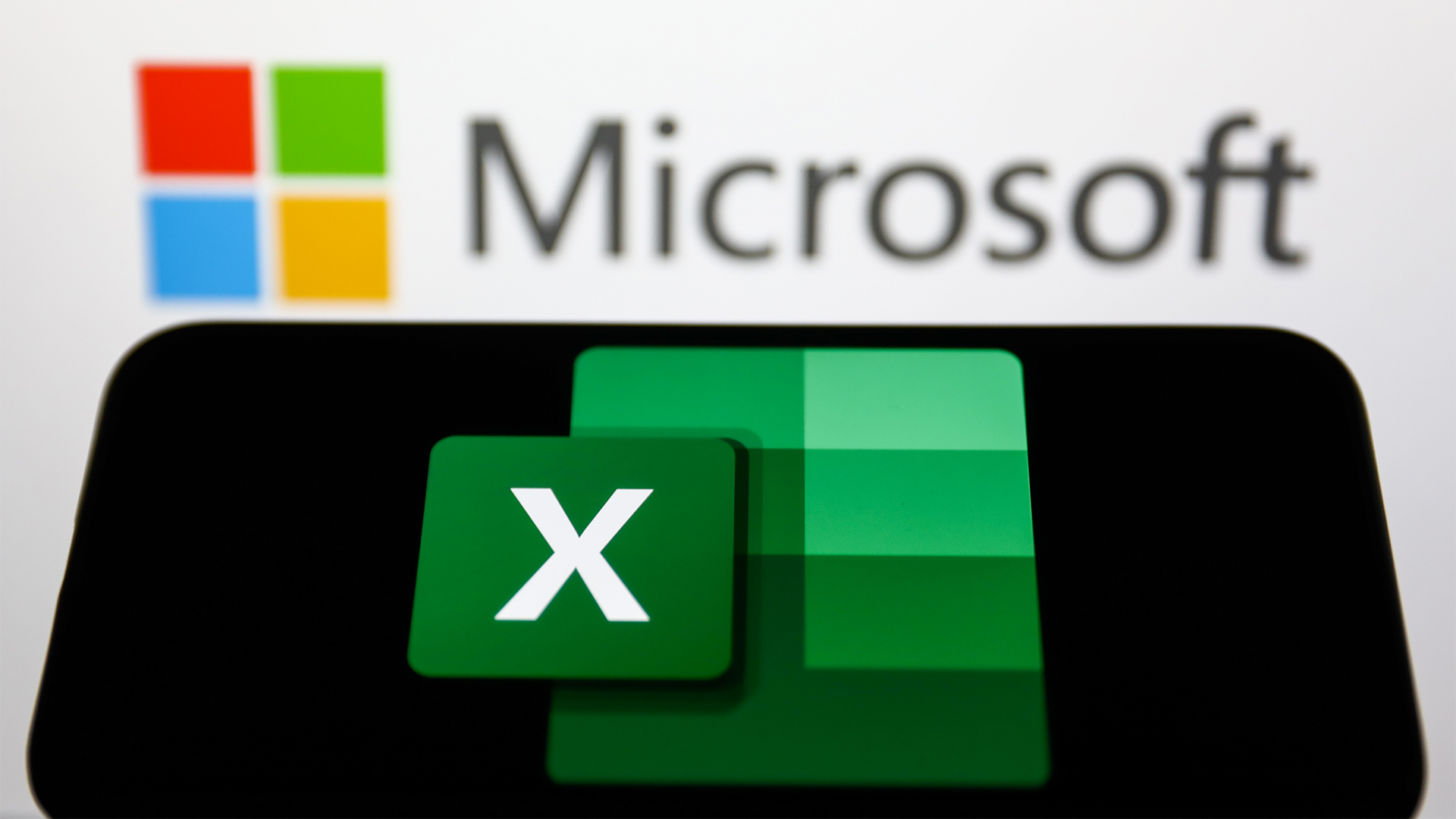Apple MacBook review
Apple has given its entry level laptop a spruce up. We take a look at the enhancements in this review.

Apple's new unibody polycarbonate construction brings a near, but not quite, premium feel to the MacBook, which is most definitely needed. The only real issue is that it's not much cheaper than the even better starter MacBook Pro.

Apple demonstrated that it didn't need a full-on international media event to launch new products recently, when it quietly and unfussily unveiled a range of new hardware. The two major additions were a new MacBook and updated iMacs, and it's the former that we're looking at here.
Since the release of Snow Leopard, Apple has become more attractive to businesses thanks to Exchange support being baked directly into the operating system itself. Macs are expensive propositions compared to PC laptops, so it's always a little galling that the entry level machine offered frankly poor build quality. This was very much brought into focus when Apple introduced its aluminium uni-body MacBook Pro - leaving the white MacBook as something of a poor relation.
Clearly the aluminium unibody was too expensive an option to extend down the line, or Apple wanted to keep things separate purely for marketing reasons. Either way, the aluminium MacBook made only a brief appearance, leaving the much inferior, but cheaper, white model to fend for itself.

Apple was clearly conscious of the need to improve the quality of this machine and we can say with confidence that it has succeeded in this regard. The refreshed machine now features a similar unibody construction to the MacBook Pro, only instead of aluminium, Apple has used polycarbonate - the same material used in CDs and DVDs.
The benefits of the new design are immediately apparent as it feels much sturdier and stronger than the previous version. It's also a tad more rounded off at the corners, and as it's in one piece, there are no nasty gaps around the edges, which were prone to grime and breakage.
Things have also been simplified at the base as there are no rubber feet to come off. Instead, there's just one large rubber base. However, this means that the battery is no longer removable, so should it ever lose its staying power you'll need to send the whole thing away for repair.
Sign up today and you will receive a free copy of our Future Focus 2025 report - the leading guidance on AI, cybersecurity and other IT challenges as per 700+ senior executives
Benny Har-Even is a twenty-year stalwart of technology journalism who is passionate about all areas of the industry, but telecoms and mobile and home entertainment are among his chief interests. He has written for many of the leading tech publications in the UK, such as PC Pro and Wired, and previously held the position of technology editor at ITPro before regularly contributing as a freelancer.
Known affectionately as a ‘geek’ to his friends, his passion has seen him land opportunities to speak about technology on BBC television broadcasts, as well as a number of speaking engagements at industry events.
-
 Trump's AI executive order could leave US in a 'regulatory vacuum'
Trump's AI executive order could leave US in a 'regulatory vacuum'News Citing a "patchwork of 50 different regulatory regimes" and "ideological bias", President Trump wants rules to be set at a federal level
By Emma Woollacott Published
-
 Microsoft Excel is still alive and kicking at 40 – and it's surging in popularity as 82% of finance professionals report ‘emotional attachment’ to the spreadsheet software
Microsoft Excel is still alive and kicking at 40 – and it's surging in popularity as 82% of finance professionals report ‘emotional attachment’ to the spreadsheet softwareNews A recent survey found Gen Z and Millennial finance professionals have a strong “emotional attachment” to Microsoft Excel
By Emma Woollacott Published
-
 LastPass hit with ICO fine after 2022 data breach exposed 1.6 million users – here’s how the incident unfolded
LastPass hit with ICO fine after 2022 data breach exposed 1.6 million users – here’s how the incident unfoldedNews The impact of the LastPass breach was felt by customers as late as December 2024
By Emma Woollacott Published
